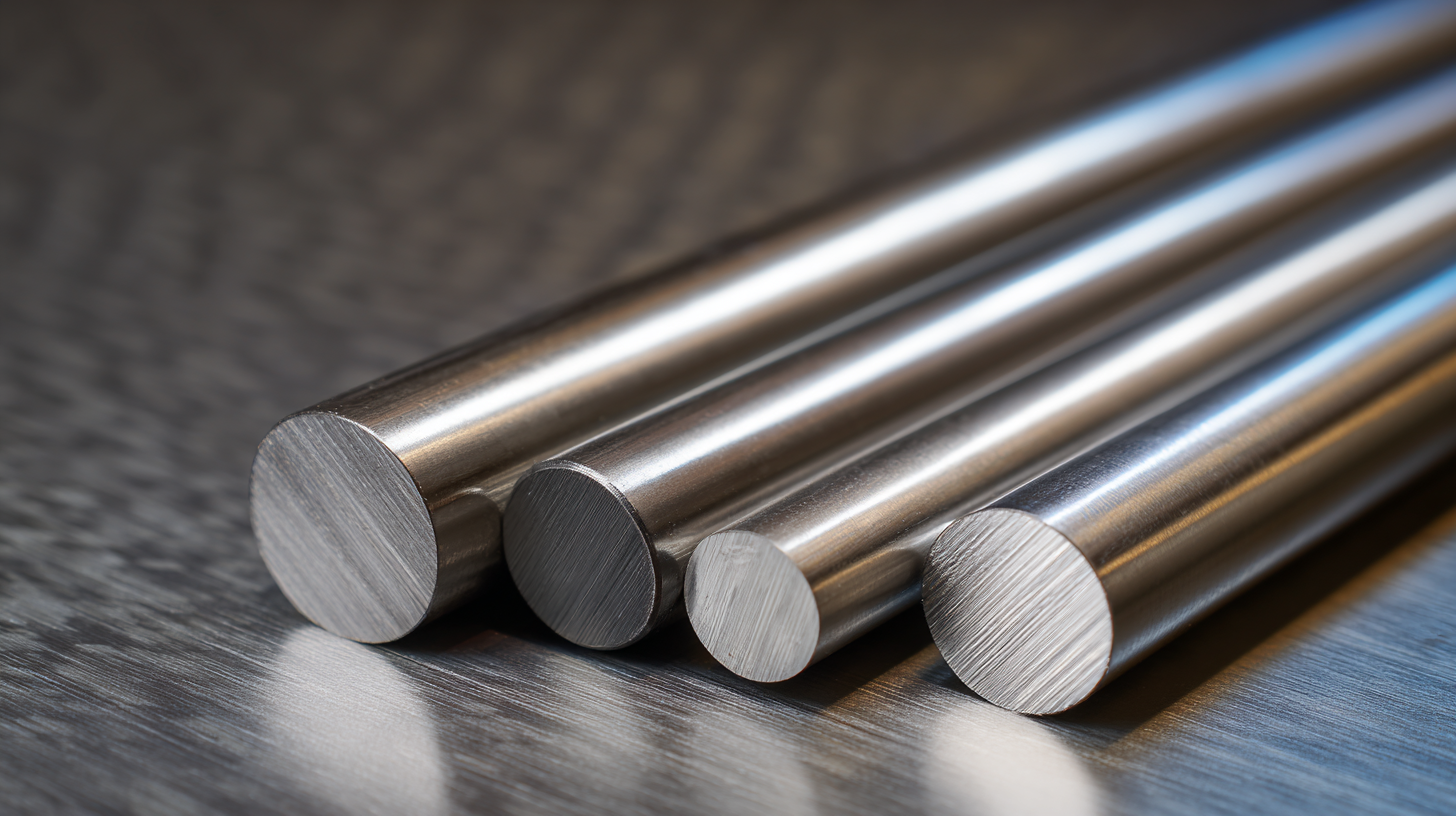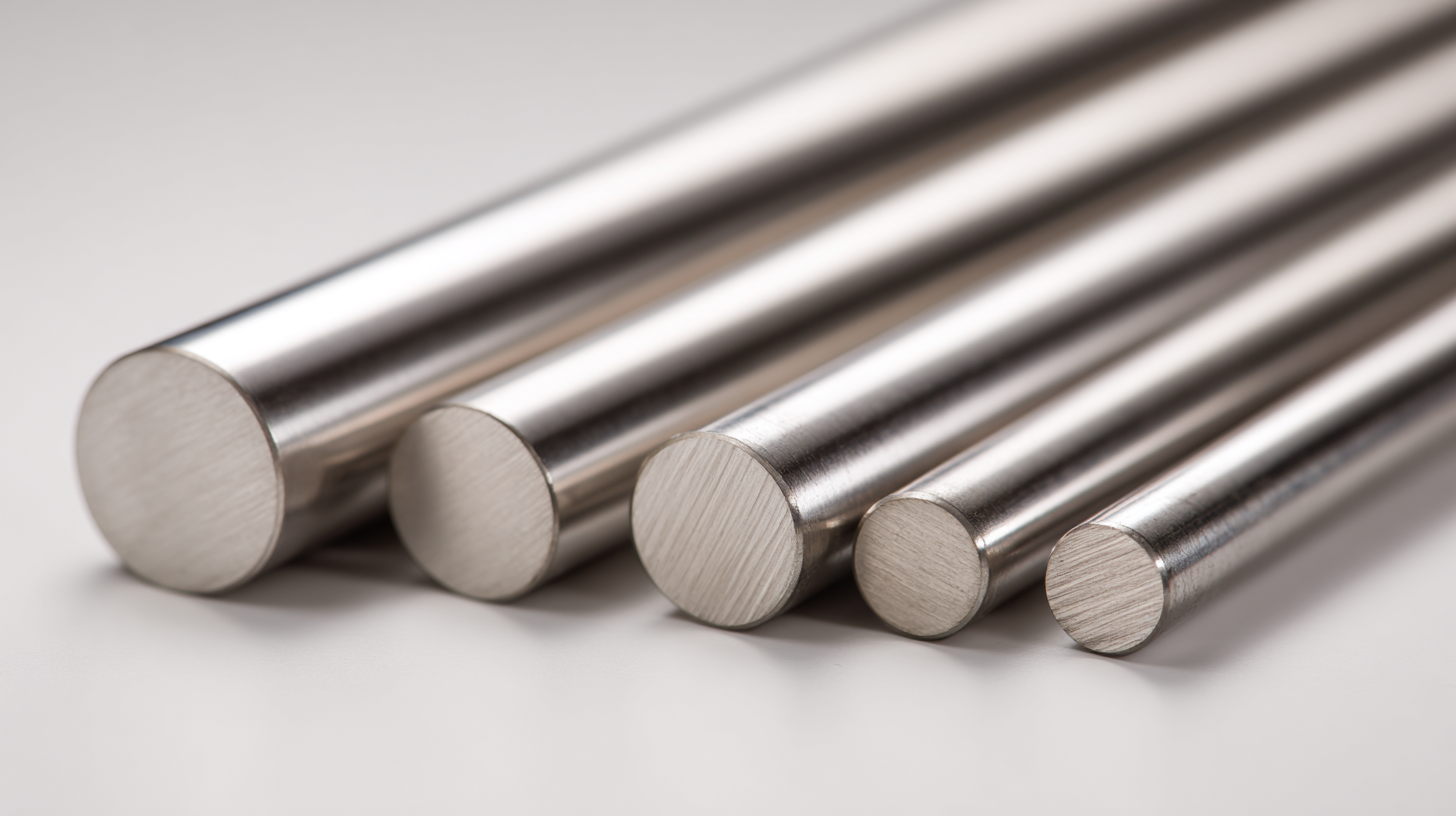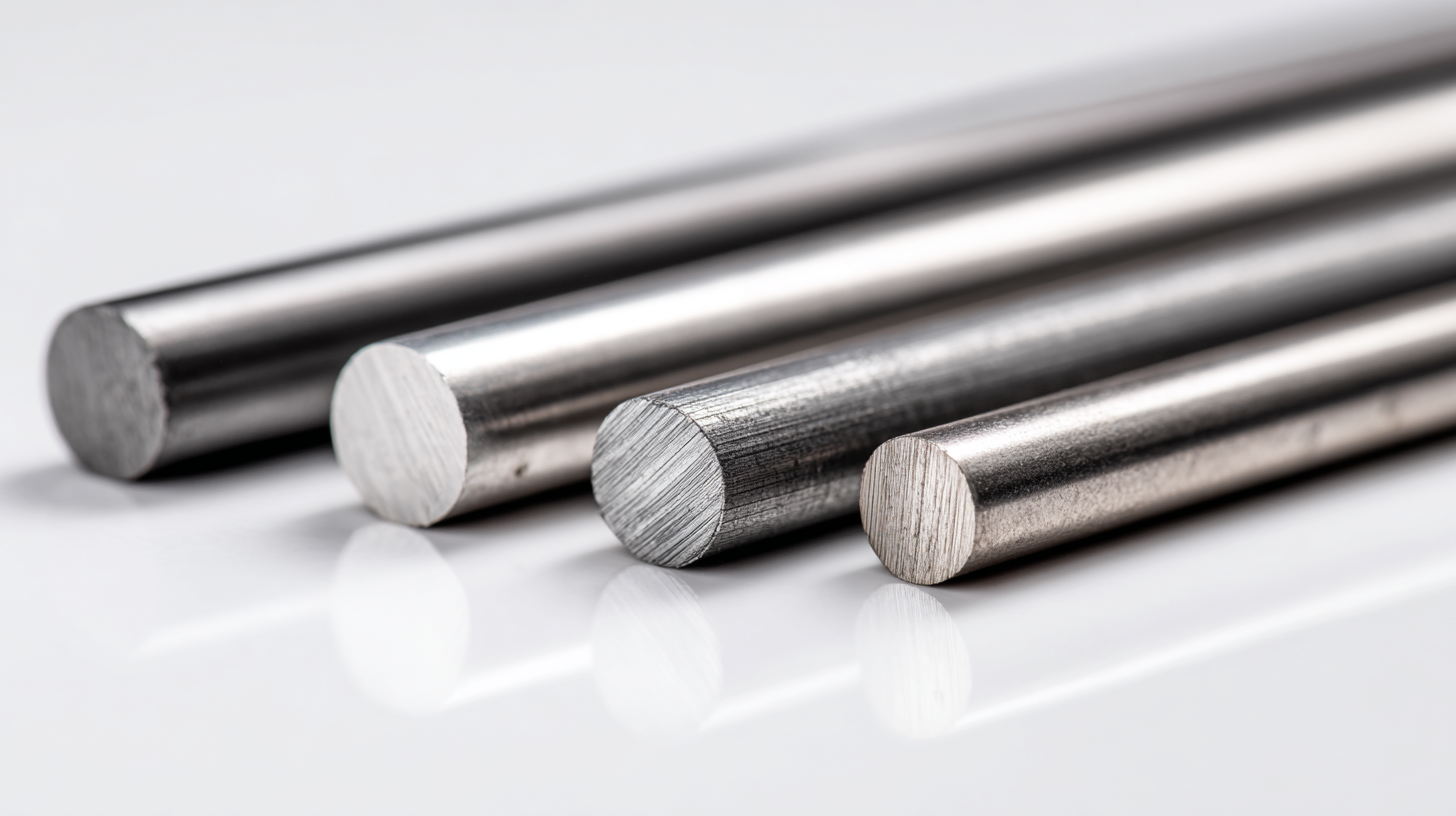Leave your message now to get your free sample and discount price
Leave your message now to get your free sample and discount price
 In the world of metalworking, the selection of appropriate materials can significantly influence the quality and durability of the final product. When it comes to achieving robust and reliable connections, Tungsten Carbide Brazing Rods stand out due to their exceptional strength and thermal resistance. However, not all brazing rods are created equal, and choosing the right type can be a daunting task amidst a sea of options.
In the world of metalworking, the selection of appropriate materials can significantly influence the quality and durability of the final product. When it comes to achieving robust and reliable connections, Tungsten Carbide Brazing Rods stand out due to their exceptional strength and thermal resistance. However, not all brazing rods are created equal, and choosing the right type can be a daunting task amidst a sea of options.
This blog aims to provide practical solutions for selecting high-quality Tungsten Carbide Brazing Rods, highlighting key factors such as composition, size, and application compatibility. Whether you are a seasoned professional or a newcomer to the field, understanding these elements will empower you to make informed decisions that enhance your metal bonding projects and ensure optimal performance.
Join us as we delve into the intricacies of selecting the best Tungsten Carbide Brazing Rods for your specific needs.
When selecting high-quality tungsten carbide brazing rods, understanding the key characteristics that define their quality is essential. The first crucial aspect is the composition of the rod itself. High-quality tungsten carbide typically contains a balanced ratio of tungsten and cobalt, which directly influences the rod's mechanical properties, such as hardness and wear resistance. Evaluating the particle size and purity of the tungsten carbide is also vital, as finer, purer particles are known to enhance the strength and durability of the rods.
Another significant characteristic is the manufacturing process. Superior tungsten carbide brazing rods are often produced through advanced techniques, such as sintering, which ensures a dense and uniform structure. Additionally, manufacturers should adhere to strict quality control measures throughout production, including testing for tensile strength, heat resistance, and adhesion properties. Selecting rods that have been subjected to rigorous quality assurance can greatly affect the overall performance and longevity of the brazed joints in high-stress applications, such as aerospace or heavy machinery.
The demand for tungsten carbide has been steadily increasing across various industries, driven by its superior hardness, wear resistance, and durability. In the manufacturing sector, particularly in metalworking and mining, tungsten carbide is utilized for tooling applications due to its ability to withstand extreme conditions. As industries focus on enhancing productivity and reducing downtime, the need for high-quality tungsten carbide brazing rods has become more prominent. Manufacturers are keen on sourcing rods that not only meet mechanical specifications but also ensure longevity and reliability in their applications.
Moreover, the construction and aerospace industries are also contributing significantly to the demand for tungsten carbide. In construction, it plays a critical role in producing durable components that can endure harsh environments. The aerospace industry, on the other hand, requires materials that can perform under high stress and temperature, making tungsten carbide an ideal choice for various aircraft components. As market trends indicate a shift towards advanced material solutions, the selection of high-quality tungsten carbide brazing rods becomes essential for businesses aiming to remain competitive and innovative in their respective fields.

When selecting high-quality tungsten carbide brazing rods, several key factors must be considered to ensure optimal results in your welding projects. One primary consideration is the temperature range of your application. According to industry reports, tungsten carbide rods can withstand temperatures exceeding 1000°C, making them ideal for high-heat applications. This resistance ensures durability and performance, minimizing the risk of failure during critical operations.
Additionally, the chemical composition of the brazing rods plays a significant role in their effectiveness. High-quality tungsten carbide rods typically contain a blend of tungsten and cobalt, which not only enhances their strength but also improves their resistance to wear and corrosion. A study from the Welding Journal noted that using rods with a higher percentage of tungsten results in better mechanical properties, allowing for superior bonding in various materials. It's also advisable to consider the rod diameter and length depending on the specific requirements of your welding task, as these dimensions can impact precision and control during the brazing process. By focusing on these essential factors, you can make an informed decision that significantly benefits your welding projects.
When selecting high-quality tungsten carbide brazing rods, understanding the manufacturers' quality assurance and certification processes is crucial. According to a report from the International Tungsten Industry Association (ITIA), nearly 70% of defects in tungsten carbide products can be traced back to inadequate manufacturing standards. Therefore, a rigorous quality assurance process is essential for ensuring the durability and performance of these rods.
Manufacturers often adhere to various international standards, such as ISO 9001, which governs the quality management systems for industrial processes. Additionally, compliance with ASTM standards ensures that the materials used meet specific safety and performance benchmarks.
A comparative study conducted by the Tungsten Carbide Manufacturers Association (TCMA) highlighted that manufacturers with robust certification processes exhibited at least a 30% reduction in customer complaints related to product quality. This underscores the importance of choosing suppliers that not only have certifications but also actively engage in quality management practices to enhance their product reliability.
The landscape of tungsten carbide technologies is rapidly evolving, paving the way for enhanced brazing solutions in various industrial applications. Recent reports indicate that the demand for tungsten carbide products is projected to grow at a CAGR of 5.2% from 2023 to 2030. Innovations in material science have led to the development of advanced tungsten carbide formulations that exhibit superior wear resistance and thermal stability. These enhancements are critical for industries such as aerospace and manufacturing, where precision and durability are paramount.

Tip: When selecting tungsten carbide brazing rods, consider formulations that incorporate nickel or cobalt to improve adhesive properties and thermal cycling resistance. This can significantly extend the lifespan of your brazed joints.
Moreover, the integration of nanotechnology in tungsten carbide production is expected to revolutionize brazing techniques. By manipulating particle sizes at the nanoscale, manufacturers can achieve finer microstructures that enhance the bonding strength between tungsten carbide and other substrates. According to industry estimates, this innovation could reduce the failure rates of brazed joints by up to 30%.
Tip: Always verify the supplier's adherence to quality control standards like ISO 9001, ensuring that the tungsten carbide you procure meets rigorous performance specifications.
